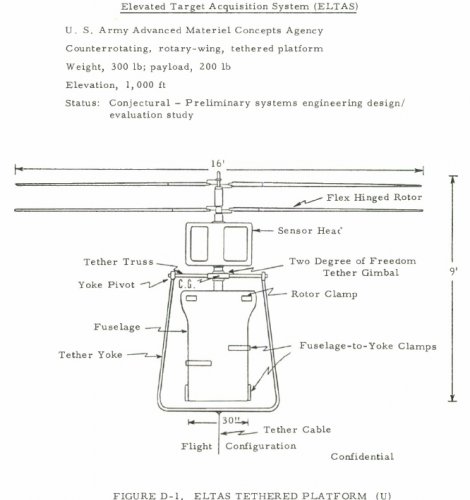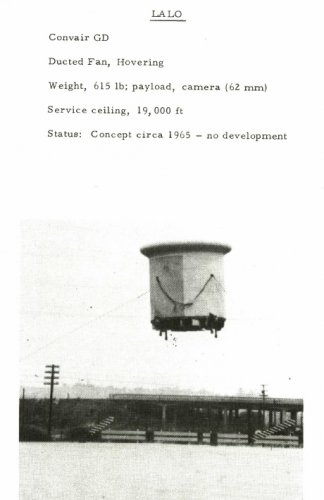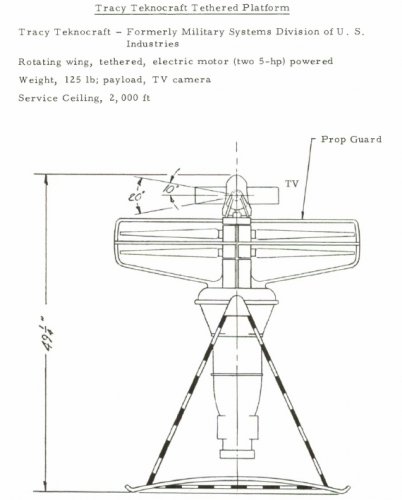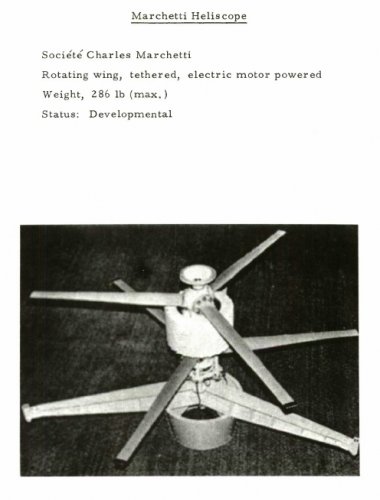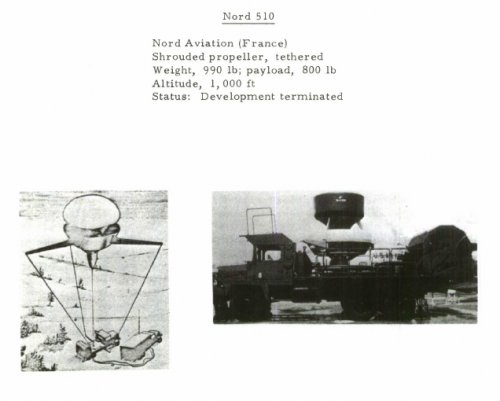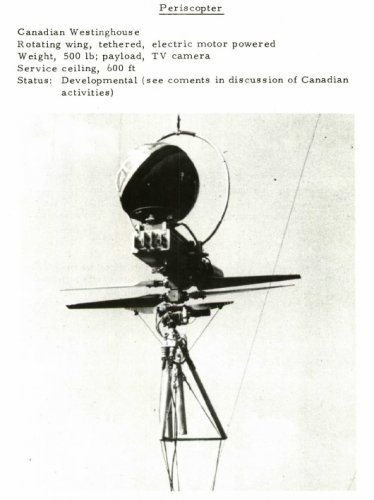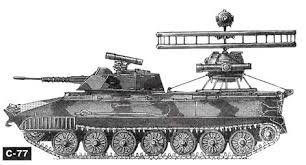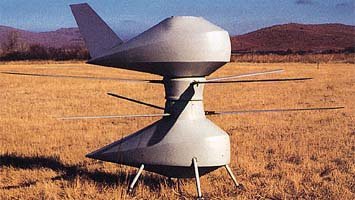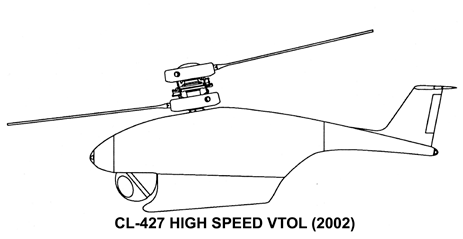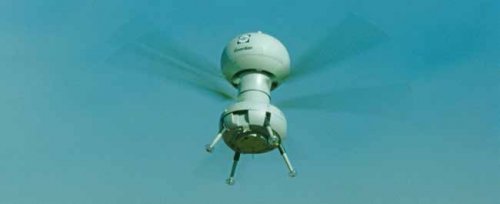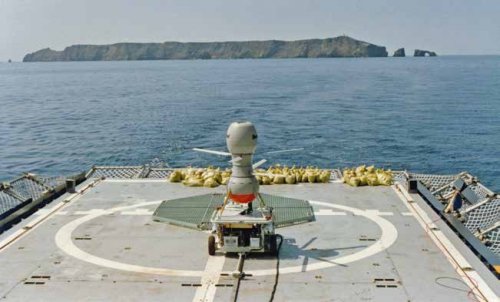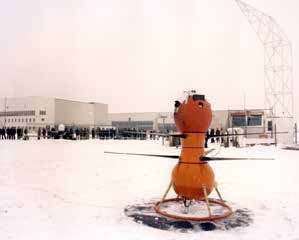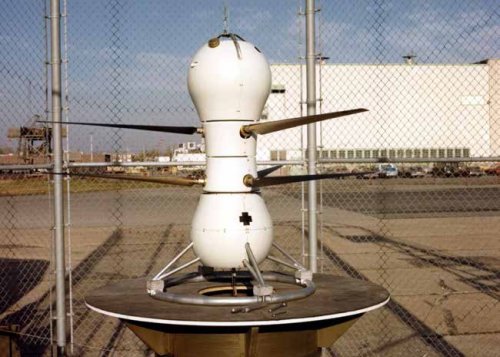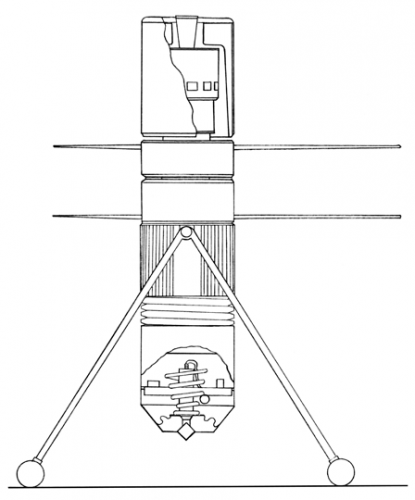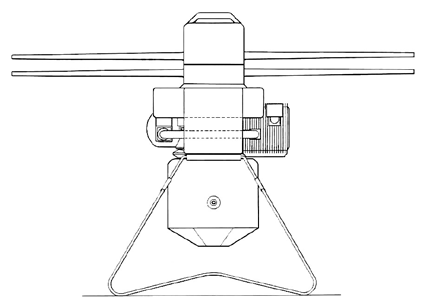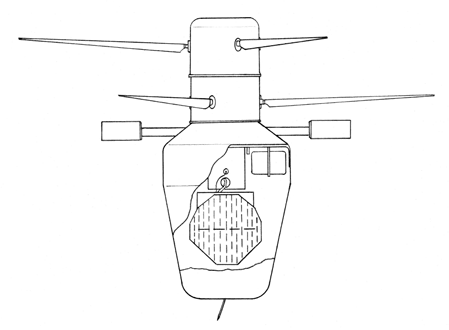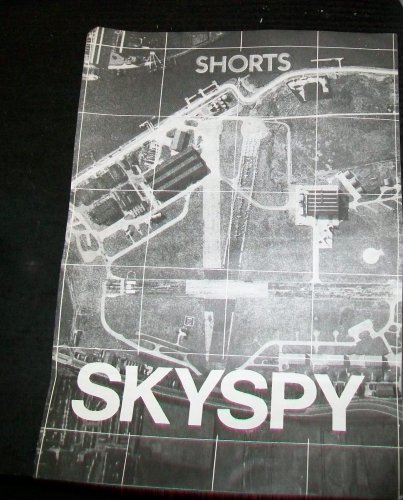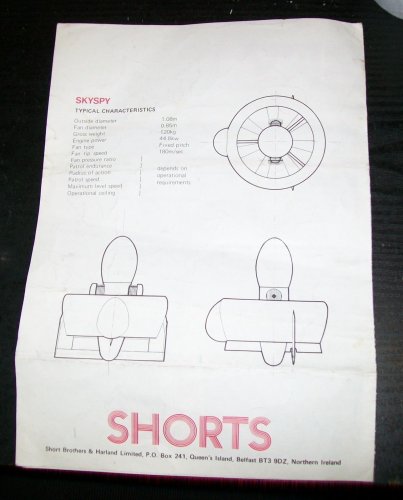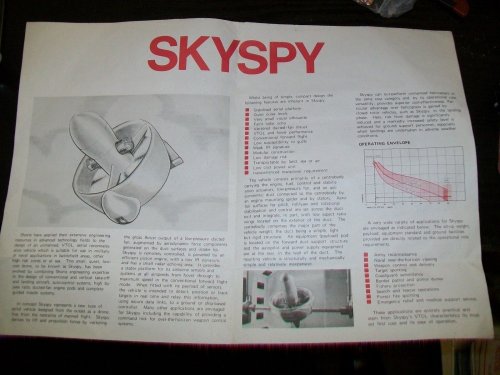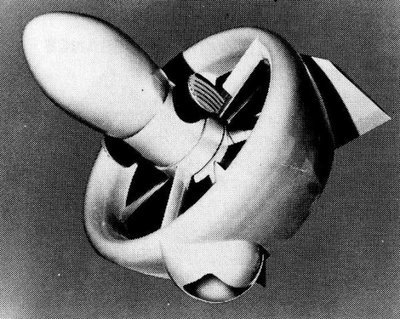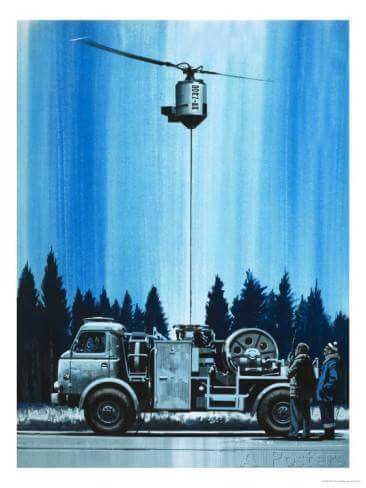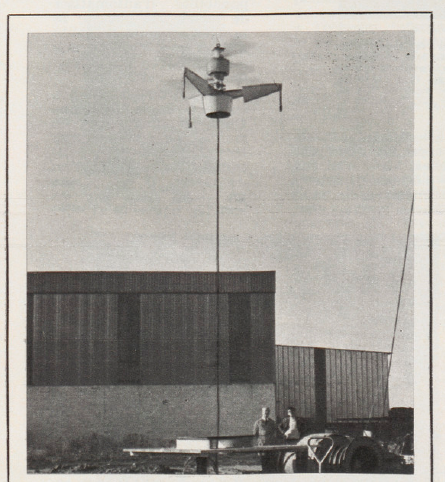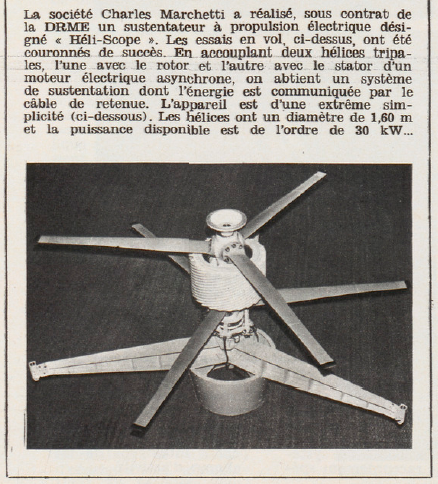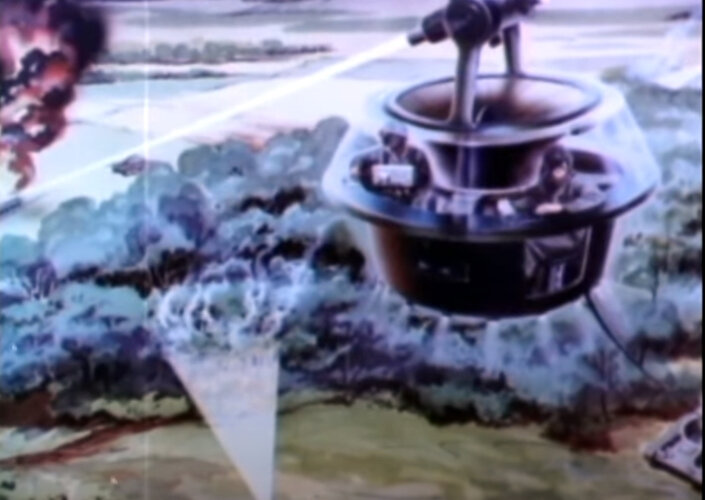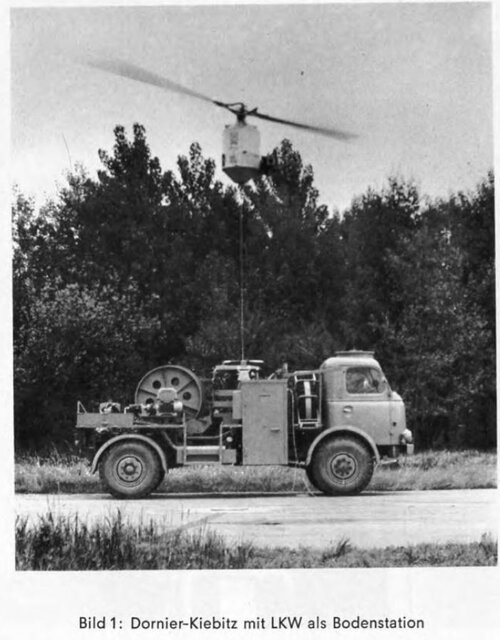- Joined
- 25 June 2009
- Messages
- 13,711
- Reaction score
- 2,871
Some very interesting programs (some built, some not) found in an appendix of a 1972 report done by Battelle for ARPA and entitled: A SURVEY AND TECHNICAL SYSTEMS ASSESSMENT OF DRONE AIRCRAFT FOR TACTICAL RECONNAISSANCE AND SURVEILLANCE (the whole report is extremely interesting).
Depicted or mentioned in this appendix are:
- U.S. Army AMCA's ELTAS
- Canadian Westinghouse Periscopter
- Nord Aviation Nord 510
- Societe Charles Marchetti Heliscope
- Tracy Teknocraft Tethered Platform
- Convair General Dynamics LALO
Depicted or mentioned in this appendix are:
- U.S. Army AMCA's ELTAS
- Canadian Westinghouse Periscopter
- Nord Aviation Nord 510
- Societe Charles Marchetti Heliscope
- Tracy Teknocraft Tethered Platform
- Convair General Dynamics LALO
The U. S. Army's Advanced Materiel Concepts Agency (AMCA) has developed a concept paper for an Elevated Target Acquisition System (ELTAS). The evaluation of this concept has progressed to the stage of a preliminary systems engineering design study. The ELTAS flight vehicle would be an unmanned, electrically-powered, counterrotating, rotary-wing, tethered platform. The vehicle would carry approximately 200 lb of primary mission equipment, including a laser target designator, and would operate at elevations up to 1,000 ft. The necessary electrical power and critical data links would be provided through the tether. (...)
One concept proposed by General Dynamics involved a free hovering platform based upon a ducted fan propulsion principle. The tethered platform gives the hard link to the ground station and the long endurance can be achieved by supplying electrical power or even fuel through the tether. Dornier's Kiebitz is the most publicized example of this type of system and it is probably the most advanced conceptually and developmentally.
All of the developmental tethered platform systems have encountered vehicle stability problems. None of the concepts has involved a vehicle in which the countertorque problem was solved in the conventional helicopter fashion using a counter-torque auxiliary rotor. In fact, the most of the concepts do not involve the use of helicopter type, large-diameter rotors. Some have attempted to use relatively high-disk-loading, counter rotating propellers (e.g., the QH-50) and ducted fans. The Kiebitz, the ELTAS concept, and the Marchetti Heliscope are closest to being rotating wing-type vehicles. The Kiebitz uses tip jets to drive the rotor, thus avoiding the counter-torque problem. The Marchetti vehicle and several others use counter-rotating electric motors to drive propellers or rotors. Stability problems have been common. Most of the systems, the Kiebitz included, have not attained the all-weather objective which has been established for these systems. Most have been unsuccessful in all but relatively low winds.
There is also evidence that the small-amplitude unsteadiness and vibrations inherent in the use of these platforms have raised doubt about their compatibility with certain sensors. Most of the tethered platform developments have not been able to achieve the endurance objectives, even though the energy is continuously supplied from the ground.
Basically, this is a reliability problem.
In October 1969, the Army Combat Developments Command established an approved Advanced Development Objective (ADO) for an Unmanned Aerial Surveillance System (UASS). Apparently, a helicopter type of vehicle was envisioned, probably inspired by the Canadair CL-227 concept.

